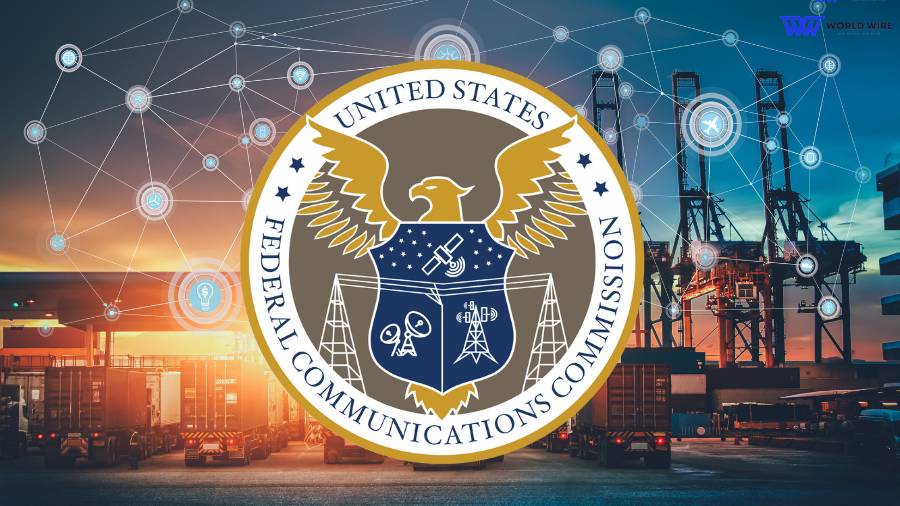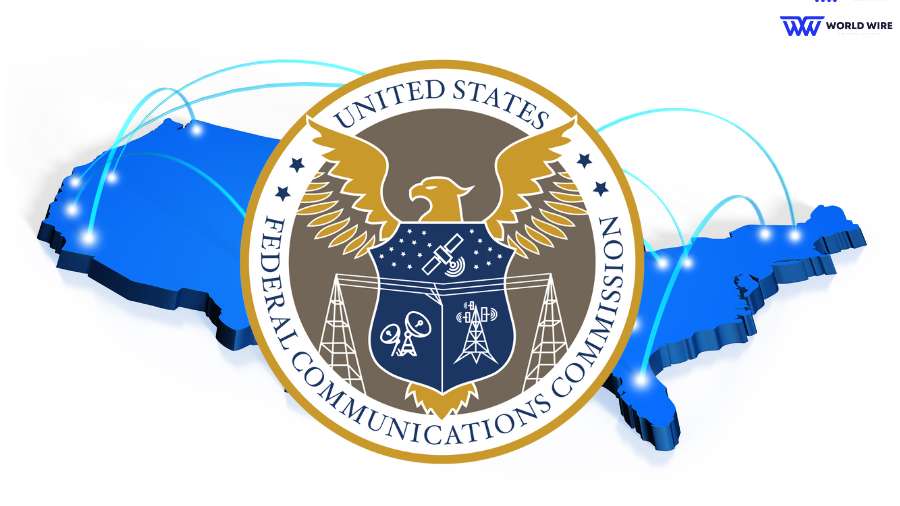Under a new order and declaratory rule, the FCC (Federal Communications Commission) aims to update biannual data collection and improve audit processes.
The ruling also aims to strengthen the verification process for the National Broadband Map.
According to the Broadband DATA Act passed by Congress, the FCC has to update its map twice a year.
This is crucial in deciding the allocation of funding and resources to serve high-speed internet to underserved and unserved areas.
The Order and Declaratory Ruling have circulated three items such as:
- Improving Audit Procedures: The FCC aims to strengthen its audit process to ensure a better validation and availability of data to the Commission.
- Tracking Network Changes: Secondly, it aims at creating a process that keeps and authenticates the changes in network deployment to protect the integrity of the availability of data and results of challenges
- Enhancing Data Collection and Validation: Third, it proposed a few modifications to data collection and validation processes to improve the validation of the information for Broadband Serviceable Locations Fabric and its available data.
At the beginning of the year, the FCC announced that it planned to improve the data collection for the broadband map.
In late January, they released a public notice asking for feedback on this process.
The notice specifically asked if the data collection process is easy to use and, if not, what could be done to improve it.
FCC stated, “the effectiveness of the challenge processes in improving the quality and accuracy of our broadband availability data.”
Broadband Map Overview

The National Broadband Map shows what internet services are available at specific locations across the country, including new maps for mobile coverage based on reports from Internet Service Providers (ISPs).
Everyone, including consumers and state, local, and Tribal governments, can help check the accuracy of this map by submitting challenges if they find incorrect information.
Having a precise map is crucial for identifying the areas that need funding the most to improve their high-speed internet infrastructure.
The 2020 Broadband DATA Act requires the FCC to maintain an updated map showing where broadband can be installed and what internet services are available at every home and business.
They update this map twice a year with data from internet providers. The fourth version was released on May 21.
The FCC also allows people to challenge the accuracy of the data, which helps make the map more accurate over time.
State funding for the $42.5 billion Broadband Equity Access and Deployment program is based on this map, but states are also checking the data themselves before giving out grants.
However, some people have been expressing their concerns.
NTCA, a group representing small and rural internet providers, asked the FCC to verify that companies can actually serve all the locations they claim and to penalize those that repeatedly overreport coverage.
For more tech-related articles, follow ReliefWatch.







Add Comment